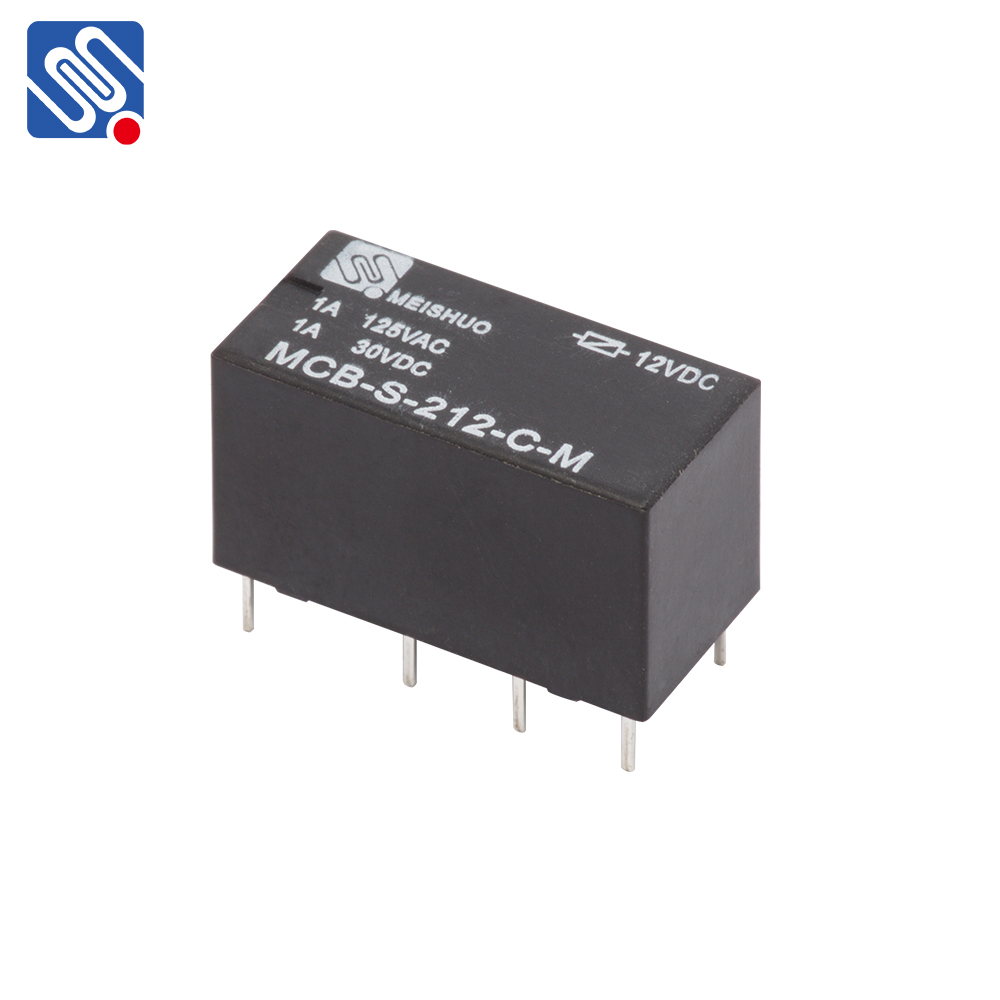relay signals: the backbone of automated control systems
Release time:2025-11-19 07:54:27
In the modern world of automation, relay signals play an indispensable role in ensuring the smooth operation of electrical systems. These signals are central to controlling and switching circuits in numerous applications, ranging from industrial machinery to household devices. A relay signal is essentially a type of electrical signal used to activate or deactivate a relay, which then performs a switching function. This article explores the fundamental concepts of relay signals, their types, and their crucial role in modern electrical and control systems.

What is a Relay Signal?
A relay is an electrically operated switch that allows a low-power control signal to activate or deactivate a high-power load. The control signal, which is typically a small electrical impulse, triggers the relay to either close or open a set of contacts, thus controlling a much larger electrical circuit. Relay signals, therefore, are the key inputs that activate the relay mechanism, making them vital components of control systems.
These signals are typically low-voltage or low-current pulses that can be used to control a range of devices, such as motors, lights, and other industrial equipment. When the relay receives the signal, it responds by either making or breaking the electrical connection between its contacts, thus controlling the connected devices.

